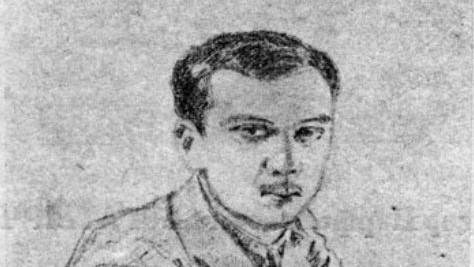
A weapon against the King's Indian
The King's Indian might not be as popular today as back in Kasparov's days, but it remains a very dangerous and complex opening for White to deal with. One critical reply is the Bayonet Attack (9.b4), popularized by Kramnik. Another popular choice is the Fianchetto Variation, investigated by Avrukh in his books. Here I want to draw your attention to a different approach: the Makogonov variation, characterized by the move h2-h3. An initial position arises after 1.d4 Nf6 2.c4 g6 3.Nc3 Bg7 4.e4 d6 5.h3 O-O 6.Be3.
Note that Be3 is not mandatory; White can also play with Bg5, and he can include Nf3. Even the move order 5.Be2 (replacing 5.h3) and 6.Be3 is possible. There are indeed many different ways of treating the Makogonov variation, but here I will focus on the setup with h3 and Be3.
White generally waits for e7-e5, upon which he closes the centre with d4-d5. Then a key idea is g2-g4 in order to restrain the typical f7-f5 push. Later, an appealing plan is h4-h5 in order to launch an attack, or simply to gain more space. Notice the double function of h2-h3: prevent Ng4, and prepare g2-g4.
Anyway, Black is not obliged to play with e7-e5. One important alternative is 6...c5 in Benoni style, another is the flexible 6...Nbd7. Even so, the main line with e7-e5 is a natural starting point for anyone interested in taking up the Makogonov with White. Let's see a recent game in this line, protagonized by two well-known Grandmasters.
A very clean game by Cheparinov!
Next, let´s see a game which displays some of the dangers awaiting us in this variation.
In conclusion, when White starts advancing on both flanks, he must be on his guard against a counterstrike in the centre. Here, Yankelevich achieved the latter in perfect manner.
I hope you have enjoyed this little introduction. Good luck with the Makogonov!